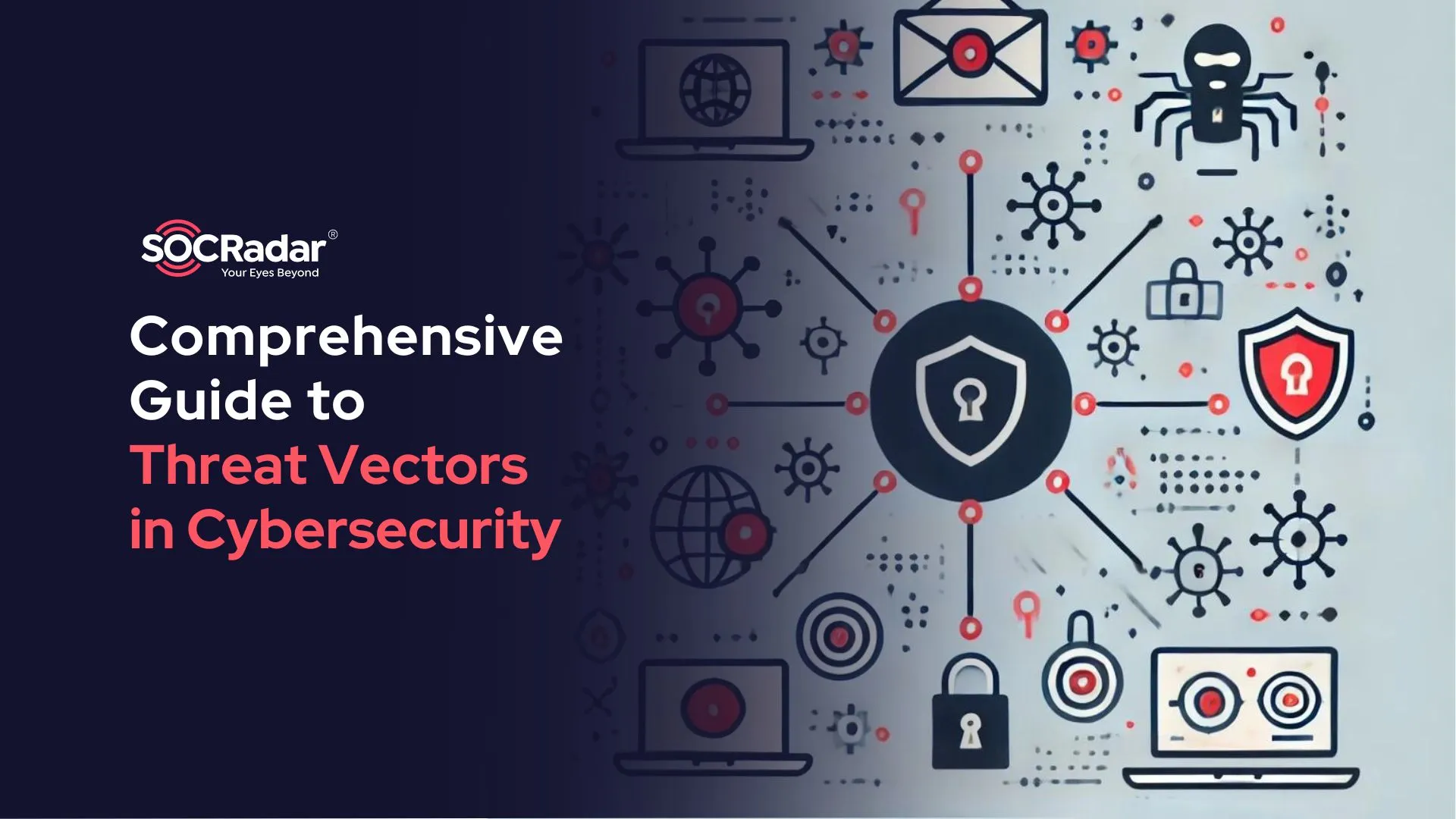
Comprehensive Guide to Threat Vectors in Cybersecurity
In today’s digital landscape, cybersecurity threats are ever-evolving and increasingly sophisticated. Threat vectors are the various methods or pathways that cyber attackers use to infiltrate a system, network, or device. Common threat vectors include phishing emails, malicious websites, unpatched software vulnerabilities, compromised hardware, and social engineering tactics. These vectors exploit weaknesses in software, hardware, and even human behavior to gain unauthorized access, steal data, or disrupt operations.
Imagine receiving an email from your bank, asking you to verify your account details. You click the link, enter your information, and later realize it was a phishing scam. This is just one example of how attackers use threat vectors to infiltrate systems. By understanding and identifying different threat vectors, organizations can better prepare and defend against potential cybersecurity threats.

investigate phishing incidents with Phshing Radar from SOCRadar LABS
Understanding Attack Vectors and Their Effects
Cyber threat vectors are diverse and can be classified into several types:
- Phishing: Phishing involves sending deceptive emails to trick recipients into revealing personal information or clicking on malicious links. These emails often appear to come from legitimate sources.
- Malware: Malicious software, or malware, includes viruses, trojans, and worms that can damage or disrupt systems, steal data, or provide unauthorized access.
- Ransomware: A specific type of malware that encrypts a victim’s files, with the attacker demanding payment for the decryption key.
- Compromised Websites: Legitimate websites can be compromised to serve malware to unsuspecting visitors, often through malicious ads or hidden scripts.
- Unsecured Wi-Fi Networks: Unsecured or poorly secured Wi-Fi networks can be exploited by attackers to intercept data or gain unauthorized network access.
The effects of these attack vectors can be devastating:
- Data Breaches: Unauthorized access to sensitive data can lead to identity theft, financial loss, and significant reputational damage.
- System Disruption: Malware and ransomware can disrupt business operations, causing downtime and financial loss.
- Financial Loss: Both direct theft and the costs associated with responding to and recovering from an attack can be substantial.
- Reputational Damage: Loss of customer trust and potential legal implications can have long-term negative impacts on a business.
To stay protected, it’s crucial to stay informed about the latest cybersecurity news and threats. Regularly updating your knowledge base ensures you’re aware of emerging risks and can adapt your defenses accordingly.
How Threat Actors Exploit Threat Vectors to Compromise Security
Threat actors, ranging from cybercriminals to state-sponsored groups, exploit these vectors using various techniques to achieve their malicious goals. Understanding these methods is key to developing effective defense strategies.
- Phishing and Spear Phishing: Threat actors use phishing to deceive individuals into providing sensitive information. Spear phishing targets specific individuals with customized messages to increase the likelihood of success.
- Exploiting Vulnerabilities: Cybercriminals often exploit known vulnerabilities in software and systems, particularly those that have not been patched. Zero-day exploits, which target previously unknown vulnerabilities, are especially dangerous.
- Malware Deployment: Malware can be delivered through various vectors, such as email attachments, malicious downloads, and compromised websites. Once installed, it can provide backdoor access, steal data, or disrupt operations.
- Social Engineering: This technique involves manipulating individuals into performing actions or divulging confidential information. It often complements other attack vectors, making them more effective.
- Advanced Persistent Threats (APTs): These are prolonged and targeted cyberattacks in which an intruder gains access to a network and remains undetected for an extended period. APTs often involve a combination of multiple vectors and sophisticated techniques.
A comprehensive security strategy should also include regular security awareness training for employees. By educating your team about the latest threats and how to recognize them, you can reduce the risk of human error and enhance your overall security posture.
Conclusion
Understanding threat vectors and the methods used by threat actors to exploit them is crucial for enhancing cybersecurity. By recognizing the various pathways of attack and their potential effects, organizations can develop comprehensive defense strategies. These strategies should include regular software updates, employee training, robust security policies, and advanced technological defenses. Proactive measures and continuous vigilance are essential to protect against the evolving landscape of cyber threats.

Monitor your Digital Footprint via SOCRadar’s ASM module
Regularly updating passwords with strong, unique combinations and using password managers can significantly enhance security. Additionally, keeping systems up-to-date with the latest patches and updates is vital to mitigate vulnerabilities.





































